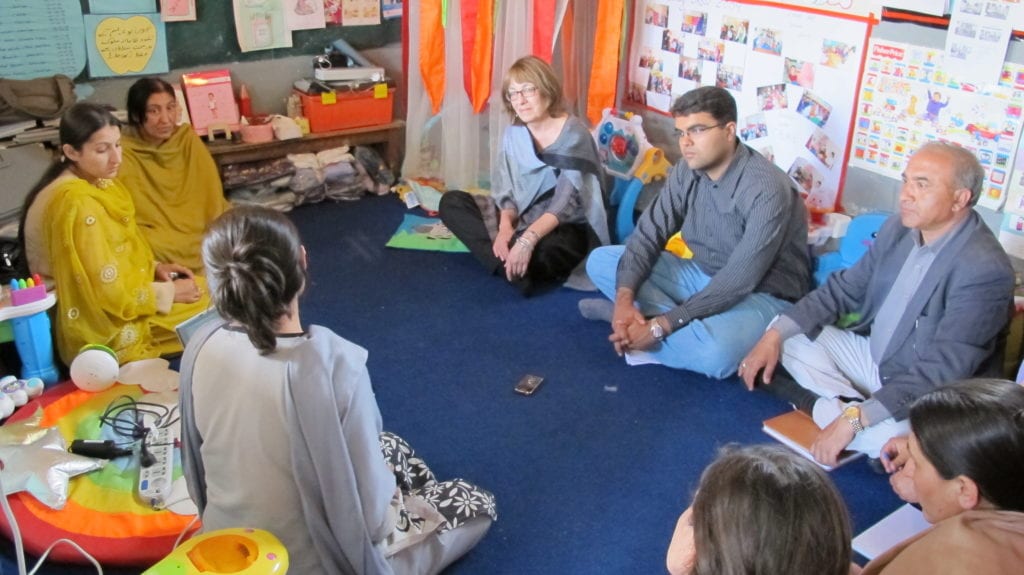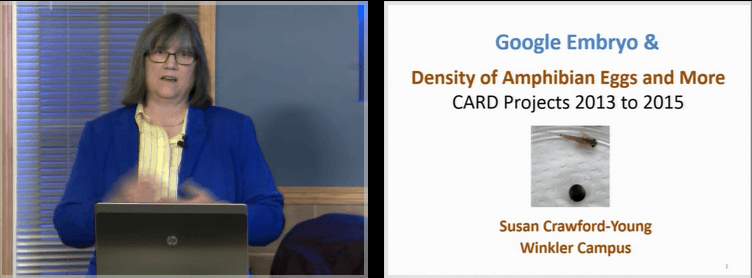Four more RRC-supported electric buses enter into service with Winnipeg Transit
 Winnipeg Transit will soon begin daily service using up to four battery-electric transit buses developed and designed by a consortium that includes researchers from Red River College.
Winnipeg Transit will soon begin daily service using up to four battery-electric transit buses developed and designed by a consortium that includes researchers from Red River College.
The New Flyer Xcelsior® buses will be in daily operation on a 40-kilometre, two-hour route starting at Winnipeg Richardson International Airport, making its way through the city centre to East Kildonan, and returning to the airport.
The route was chosen because its length, speeds and loads are typical of many central business district routes in Canada and the U.S., and because the Winnipeg Airports Authority permitted New Flyer to install a high-power charging station at the airport – a project that was completed in October 2014.
“We didn’t want an easy route,” says Paul Soubry, New Flyer’s President and Chief Executive Officer. “We encouraged Winnipeg Transit to select a route that would showcase the technological capability of our Xcelsior battery-electric bus in a real life in-service situation that will experience a wide range of weather and traffic conditions.”
The project is a continuing collaboration between New Flyer, the Province of Manitoba, Manitoba Hydro, Mitsubishi Heavy Industries, Red River College and Winnipeg Transit. The project team – which started the effort in May 2011 – received additional assistance in October 2012 when Sustainable Development Technology Canada announced funding of $3.4 million to take the project from prototype to full production and field demonstration, and in 2014 when Manitoba’s Vehicle Technology Centre provided an additional $94,000 for charging station development.
“This electric bus project is a key element in Manitoba’s Clean Energy Strategy and supports our commitment to reduce greenhouse gas emissions and promote the use of effective, cost-efficient, renewable energy,” said Eric Robinson, Minister responsible for Manitoba Hydro. “Our innovative advancements in clean energy technologies have contributed to our placement as the first in Canada to employ the new, unique on-route rapid charging system, promoting affordable public transportation and electric vehicle knowledge which will create jobs.”
Zero-emission battery-electric propulsion transit buses are expected to significantly reduce green house gas and smog-causing criteria air contaminant emissions. In Manitoba, where the electrical grid is highly renewable (nearly 100 per cent of electricity is generated without burning fuel), the use of electric propulsion buses are expected to translate to an estimated reduction of 160 tonnes of green house gas emissions, per bus, per year.
“Red River College is proud to support community economic development as a participant in this project,” said David Rew, Interim RRC President. “Our instructors, staff and students have all contributed to the success of the consortium and we look forward to the zero emissions bus going into commercial use at many transit authorities across North America.”









